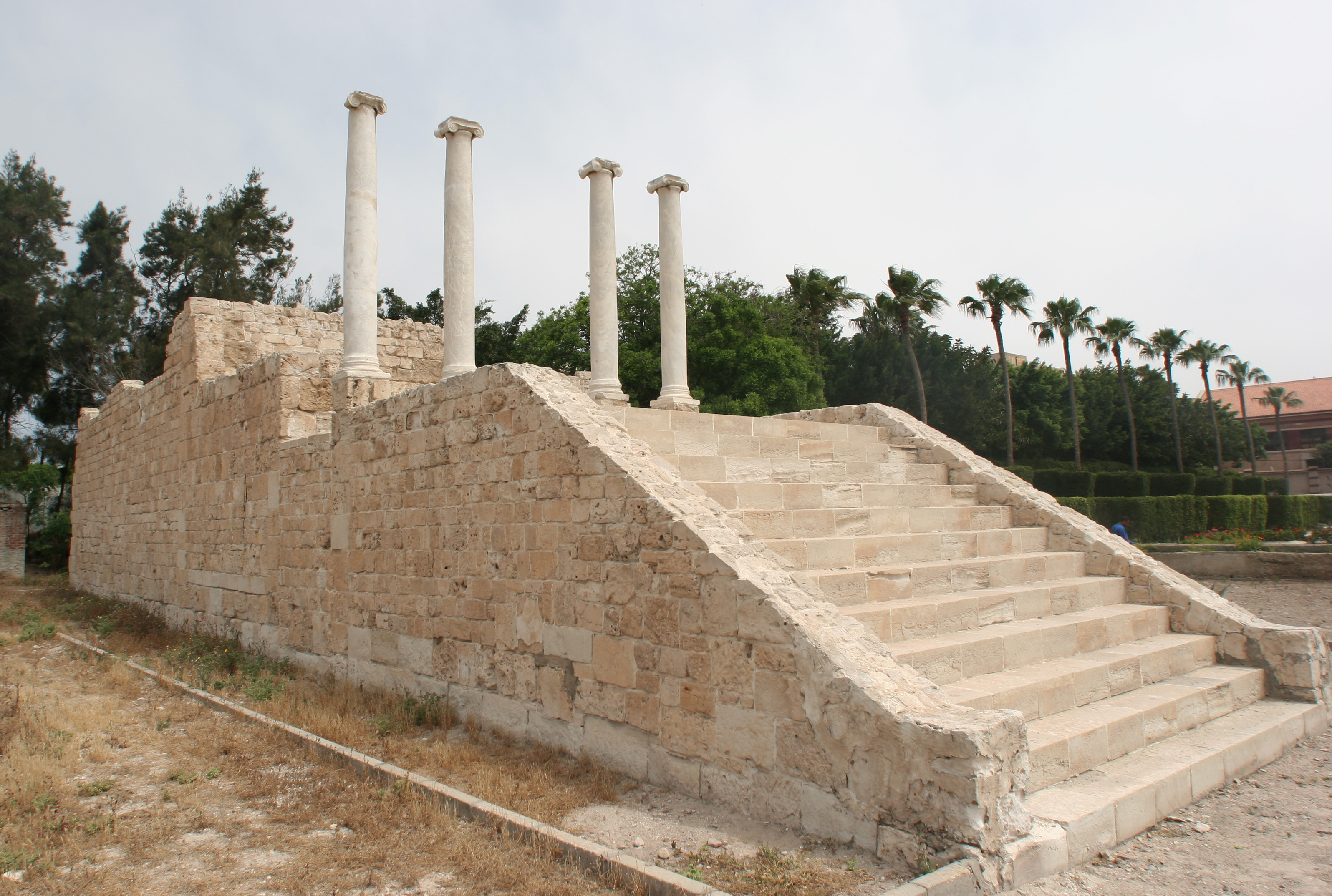Presentation of the department
In our endeavors to exhibit the most recently acquired objects for the BA Antiquities Museum visitors, we borrow some rare pieces from the Greco-Roman Museum to temporarily put them on display. These collections include pieces that are unique artistically, historically and archaeologically belonging to various domains and various historical eras.
Current temporary collections
- Funerary masks collection (2008 – ongoing);
- Individual objects: coins, a marble forearm, a situla (2007-ongoing).
Past temporary exhibits
- El-Muhammara Collection that was excavated in Sidi Bishr and which goes back to the Roman Era (2006 – August 2022);
- Collection of the Ras el-Soda Temple statues (2007 – August 2022);
- Collection of sculptures for the goddess Isis (2008 – August 2022);
- Individual objects such as the head of Emperor Octavius (2006 – August 2022), and the Good Shepherd statue (2007 – August 2022).
Overview of the most important past exhibits
Antiquities of Mehamara Area
During excavations at Mehamara area in Sidi-Bishr during January 1973, and at the depth of one meter from the current ground level, a group of marble statues, in addition to a table (or mirror) stand, were accidentally found. The heights of the pieces range from 30 to 140 cm.
This location is no more that a roofless circular frame made of clay. There is a Roman wall adjacent to the location, which is a few meters away from Mehamara Area. At the same ground level, a Roman water cistern was discovered, surmounted by a church; the features of which have not been yet determined because excavations have not been completed.
Ras es-Soda Temple

The temple was found at Ras es-Soda in 1936, on the way leading to Abu Kir. It dates back to the 2nd and 3rd centuries CE. It consists of a staircase which leads to a platform with four Ionic columns. In the middle of the platform stood a carved foot on a pedestal with Greek inscriptions showing that Isidorus, charioteer, fell down and broke his leg; when he recovered he built this temple in gratitude to the goddess Isis and other gods for his recovery. At the end of the platform was a stand. On this stand existed statues of Isis, Harpocrates, Hermanubis and Osiris-Canopus.